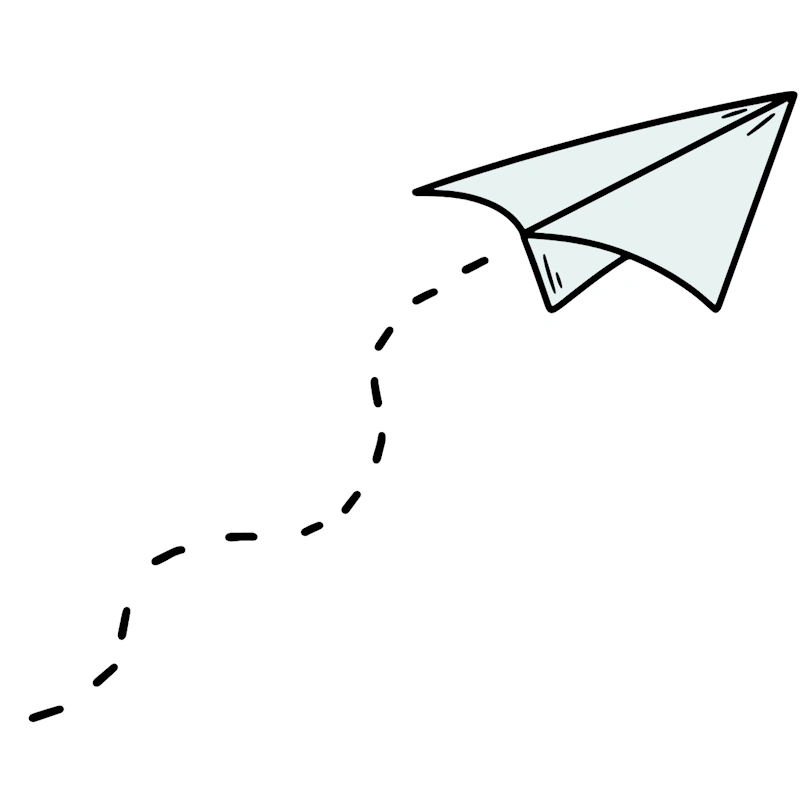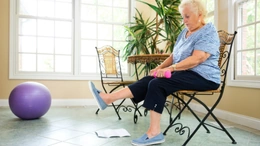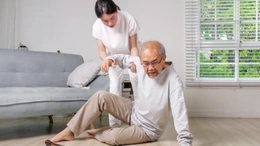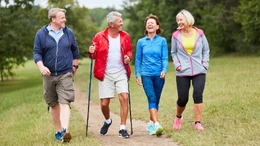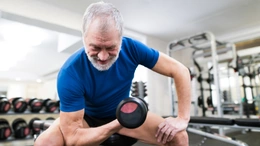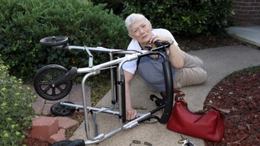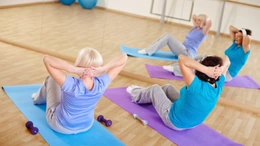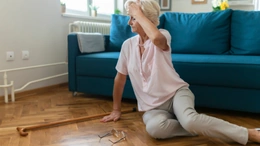How To Select The Best Walking Sticks For Seniors: A Complete Guide
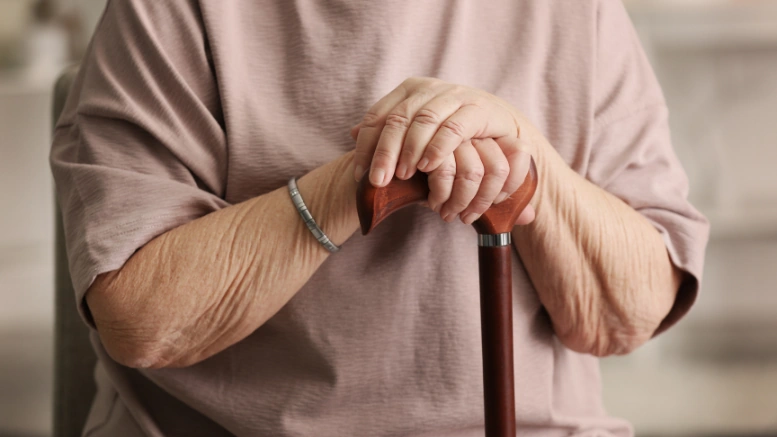
For the elderly, maintaining independence is crucial. Additional support to safely and confidently walk and move throughout the day can be ensured by a walking stick. Not every walking stick is the same.
There are many designs, features, and materials to pick the right one, and it might seem overwhelming. An individual should have the right walking stick that is equal to his or her body, lifestyle, and mobility requirements.
Naturally, seniors will appreciate the necessity of walking sticks. We will discuss this aspect further and explain what senior citizens should seek when choosing a walking stick.
It is a fact that the best walking sticks for seniors can make a world of difference, whether one needs them only occasionally or uses them daily.
Why Do Seniors Need A Walking Stick?
With age, there is a loss of balance, muscle strength, joint flexibility, and the ability to coordinate. Such adjustments may alter the gait of the elderly, subjecting them to falls and slips.
An effective and simple way to prevent the risk would be to use a walking stick to achieve stability. However, it is much more than its equivalent in safety.
A walking stick can increase mobility so that the seniors can move around for longer periods or through rough terrain with more convenience.
It may redistribute body weight, unload painful joints (particularly hip, knee, and ankle), and aid in the correction of posture. A walking stick can be a temporary measure for some of the elderly, say after an operation or an accident. It becomes a day-to-day helper to others.
A walking stick can make someone feel more confident and willing to spend time outside their homes and communities, staying active and engaged in their lives, rather than being afraid to go out due to the possibility of falling. Significantly, careful selection of a walking stick is an effective way to make the walking stick effective.
Factors To Consider When Choosing The Perfect Walking Stick For Seniors
Here are the factors to consider when choosing the perfect walking stick for seniors:
Height And Adjustability
The walking stick should be adjusted to the height of the user so that the correct body posture can be maintained with the walking stick. The stick that is suboptimal may lead to hunching or even to incursions in the balance due to its height. To find the right height:
- The end of the walking stick ought to hit the wrist crease when the elderly person stands straight, facing the observers, with the arms resting comfortably at their sides.
- The elbows are to be slightly bent in a position of about 15-20 degrees when holding the stick.
Walking sticks being made these days often include adjustable height features, and it becomes easy to get a comfortable fit without having to have a piece cut. Search for soft models that have an effective locking system so that they can remain stable after adjustment.
Handle Type
The handle is the place where the user will have the most contact with it; therefore, comfort and grip are essential. Common handle types include:
- Ergonomic Grips: Designed to reduce the amount of pressure on the hands, with the pressure points shaped to the hand. Great to use in seniors with arthritis or those with a weak grip.
- T-Handles or Derby Handles: These provide a classic appearance and are ergonomic in terms of balance.
- Offset Handles: Are slightly in front so that they can aid in the distribution of weight, and are frequently used in medical-grade canes.
- Foam or Gel Handles: add extra comfort when handling them in the long run.
A good-feeling handle makes things less tiring and harder to slide, particularly in case the user lacks the cupidity of cogency.
Weight And Material
The walking stick must be sturdy to provide support and also not very heavy to be carried around. Among the usual materials are:
- Aluminum: Lighter than the others with the absence of rust and usually adjustable (i.e., useful on a day-to-day basis).
- Carbon Fiber: Extremely powerful and even lighter than aluminum, but generally more costly.
- Wood: Old-time, classic, and stylish, yet heavier, but not always adjustable.
- Steel: You might want to use steel because it is durable, but it can be heavy and is mainly suited to those who require a lot of support.
Lightweight sticks would be most appropriate to seniors who wish to carry them easily or when they are on the road, whereas heavier-duty sticks may suit those who require a more firm support.
Tip Design
This walking stick tip is the one to supply the physical contact with the ground and to be an essential means of equilibrium and handhold. Options include:
- Single Rubber Tip: Mainly the most common, as well as good to use when working with flat indoor surfaces.
- Quad or Tripod Tips: Three or four points of contact to bring more support to the body to promote balance significantly, good in the elderly who have serious stability needs.
- Pivoting or All-Terrain Tips: The tips are angled to step on the slope of the ground and are useful when walking outdoors.
- Replaceable Tips: Select a stick with replaceable tips so that they can be replaced when they are worn out.
It is also recommended that a good walking stick be taken on tiles or wood floors and the ground outside, and therefore should have a non-slippery base. You should change the worn-out tips on a timely basis as a way of ensuring safety.
Portability And Folding Options
The elderly person who travels a lot or only requires the use of a walking stick during a specific time may want to use a folding one.
These best walking sticks for seniors fold into little sections that can be accommodated in a purse or tote, or in a drawer. Advantages of folding walking sticks:
- Lightweight and easy to carry along in the car, to doctors, or for travel
- Can be kept out of sight when not needed
- Be careful, though, that any folding mechanism is locked up so that it does not collapse.
Other sticks also have wrist straps to make them easy to hang around when not in use or carry around.
Conclusion
A walking cane that was carefully selected has the power to enhance the mobility, the security, and the self-confidence of the senior. With emphasis on comfort, fit, and functionality, there is a shoe that fits the right lifestyle.


